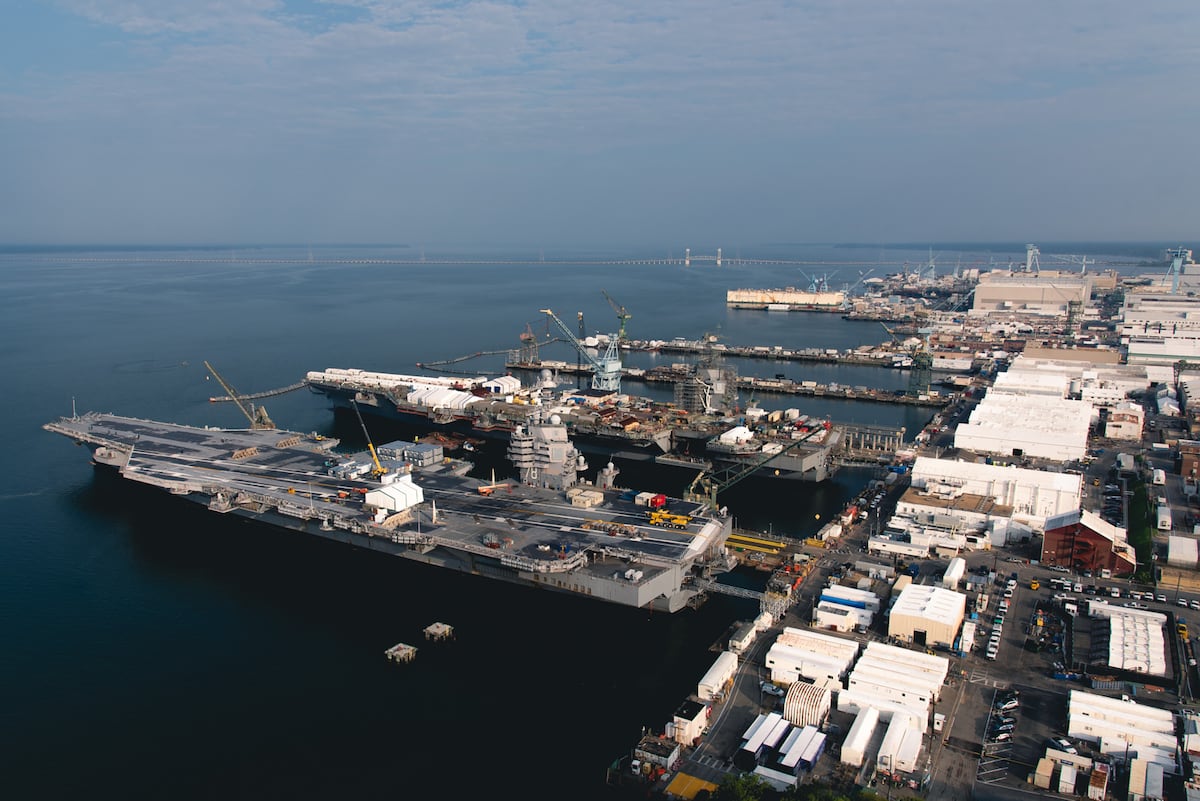Key Takeaways
- The delivery of the Ford-class aircraft carrier John F. Kennedy has been postponed to March 2027, adding a two-year delay.
- The carrier Enterprise is now expected to launch in July 2030, delayed from its previous 2029 schedule.
- Delays are attributed to material shortages and supply chain issues, highlighting ongoing challenges in Navy ship production.
Delivery Delays for New Aircraft Carriers
The U.S. Navy’s plans for its next-generation aircraft carriers are facing significant delays once again. Recent budget documents indicate that the delivery of the John F. Kennedy, the upcoming Ford-class carrier, has been postponed by an additional two years, now set for March 2027 instead of the original date of this month. Previously, this carrier had already experienced a one-year delay.
Alongside the JFK, the future Enterprise is also encountering setbacks. Initially expected in September 2029, its completion date has been pushed back to July 2030. This marks a recurring series of delays, as the Enterprise was initially scheduled for delivery in 2028 before being postponed to 2029 last year.
Factors contributing to these delays include “material availability” and “industry/supply chain performance,” as outlined in the budget documents. The year-long delay for the JFK is specifically attributed to ongoing work on the Advanced Arresting Gear (AAG) certification and enhancements to the Advanced Weapons Elevator (AWE). Both these systems are operational on the existing carrier, Gerald Ford, which recently deployed to Europe amidst rising tensions with Iran.
The delays underscore a larger, persistent issue within the Navy concerning the timely acquisition of new vessels. According to Adm. James Kilby, acting chief of naval operations, the Navy is lagging behind schedule in every class of ship, with delays extending over several years. The Pentagon is actively seeking solutions, including awarding new contracts aimed at increasing ship manufacturing output, investing in unmanned systems, and upgrading aging shipyards to better accommodate modern vessels.
These challenges reflect the ongoing struggle to modernize the Navy’s fleet and respond to strategic demands, highlighting the need for improved operational efficiencies in shipbuilding and logistics.
The content above is a summary. For more details, see the source article.















